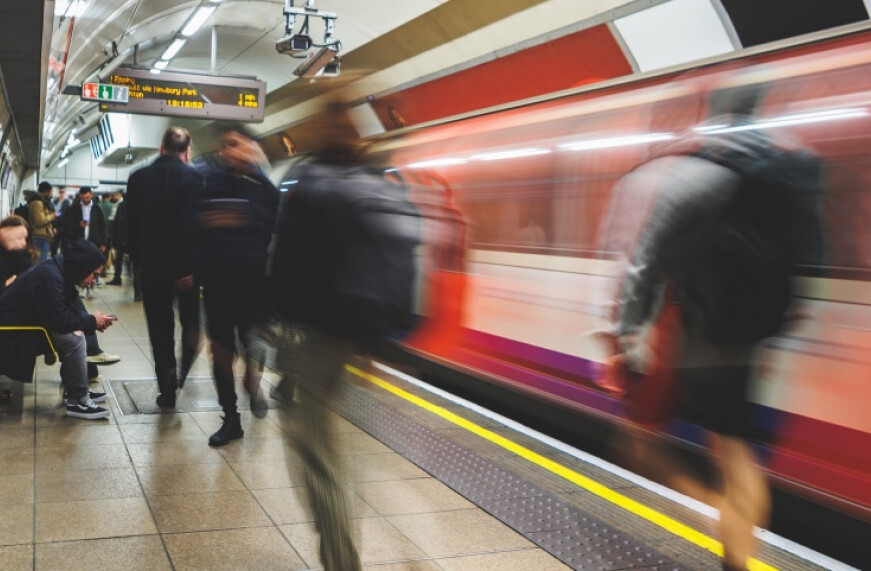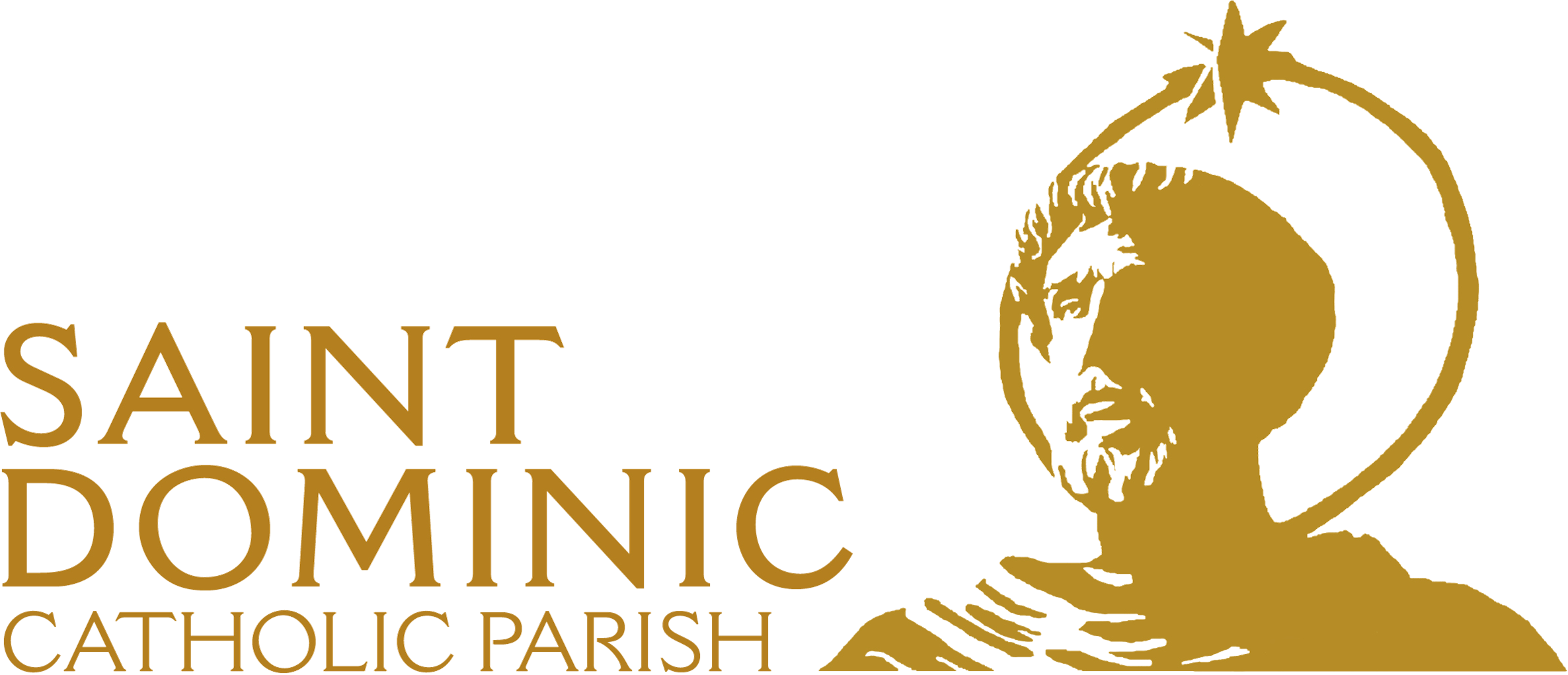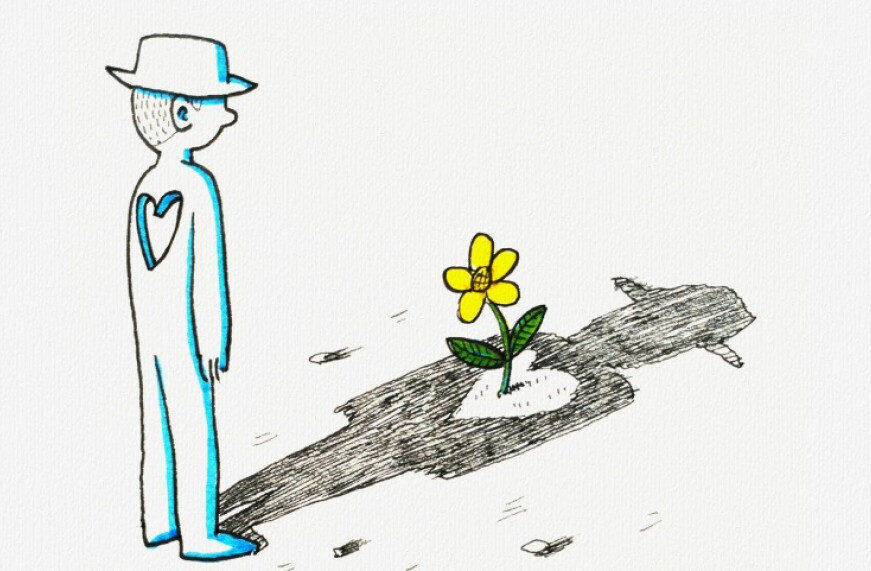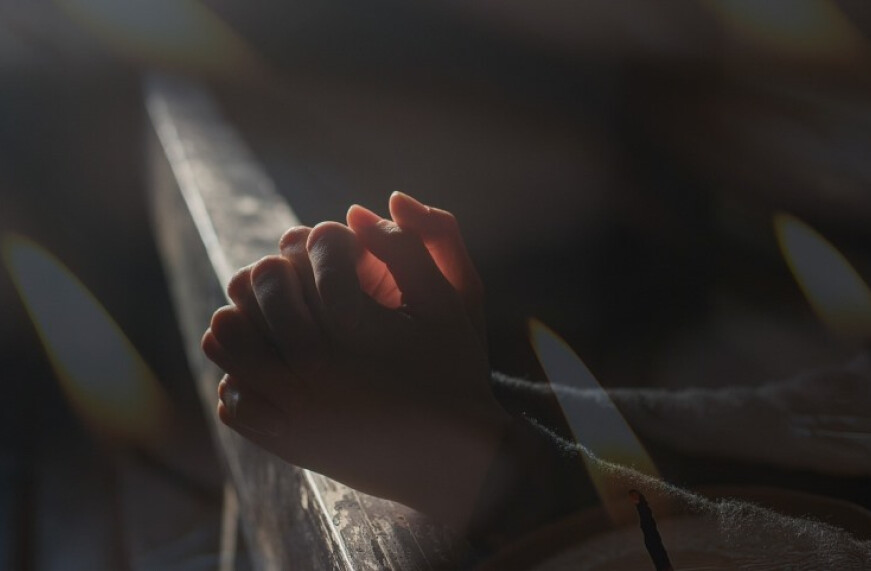Missing Trains

While I have not read many of his works, the author G. K. Chesterton is one of my favorites. Not only because his writings have led some to call him the “Apostle of Common Sense,” but also because he lived in the present moment. There is no better example of this than a recurring incident in his life:
Whenever Chesterton had to step out of the house, he used public train transportation. While he waited for his train, he would often become intrigued by a nearby bookstand and casually begin reading. Inevitably, Chesterton would become so engrossed in the book that not only would he miss his train, he would begin walking. To where? Who knows, he sure didn’t! This occurred so often that the owner of the bookstand had a running account with Chesterton, as the author would walk away having not paid for the very book in his hands.
While some could interpret his actions as irresponsible and rude to those for whom he had appointments, I admire and even desire Chesterton’s ability to live in the present moment. We live such scheduled lives, even if nothing is on the calendar. From the moment we wake up, we run from appointment to appointment and stress over the thought of missing any of these “trains.”
When I finally have a chance to catch my breath, I wonder if this is what life is all about. I doubt it, for it is often when I miss the “train” that the beauty of life reveals itself. The times when I am hurrying to the church for business only to be stopped by school kids chanting my name to play sharks and minnows. When I am rushing to that meeting and a couple asks me to bless them on their wedding anniversary numbering twice my age.
These moments that make me miss the “train” are often the moments I remember most, They remind me what life is all about, not going to one appointment after another, but the stories found along the way. The story of children whose highlight of the day is their priest playing with them at recess, the story of a couple and their many years of faithfulness to each other, the story of a good book that makes us forget where we are and need to be, all of which reminds us that sometimes it's ok if we miss a few trains along the way.


